How Are Viruses Different From Bacteria Apex
Envelope viruses such as influenza and HIV come covered in a protective lipid envelope. Bacteria are almost 100 times larger than viruses.
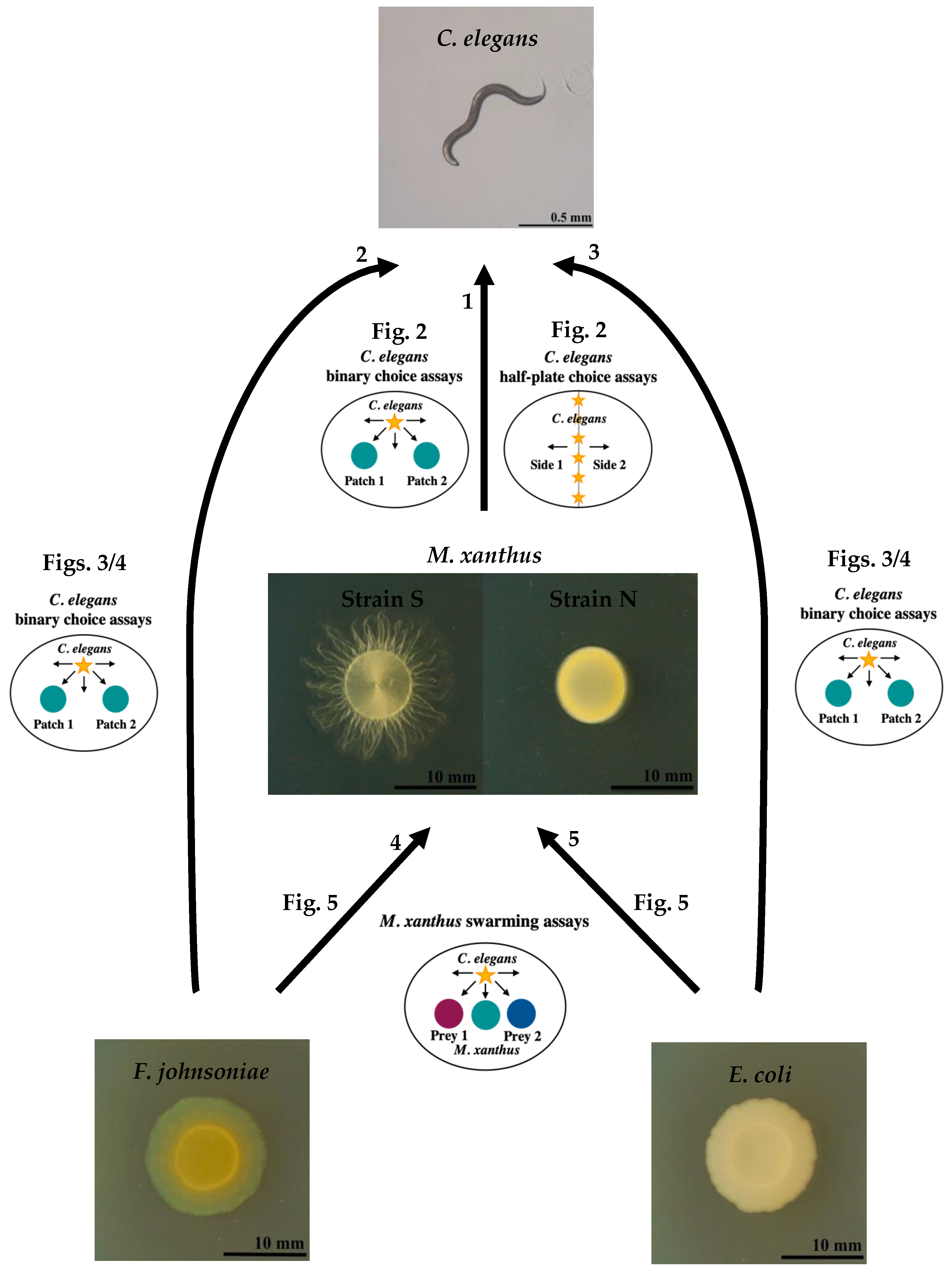
Microorganisms Free Full Text Behavioral Interactions Between Bacterivorous Nematodes And Predatory Bacteria In A Synthetic Community Html
What are some other differences between a virus and bacteria.
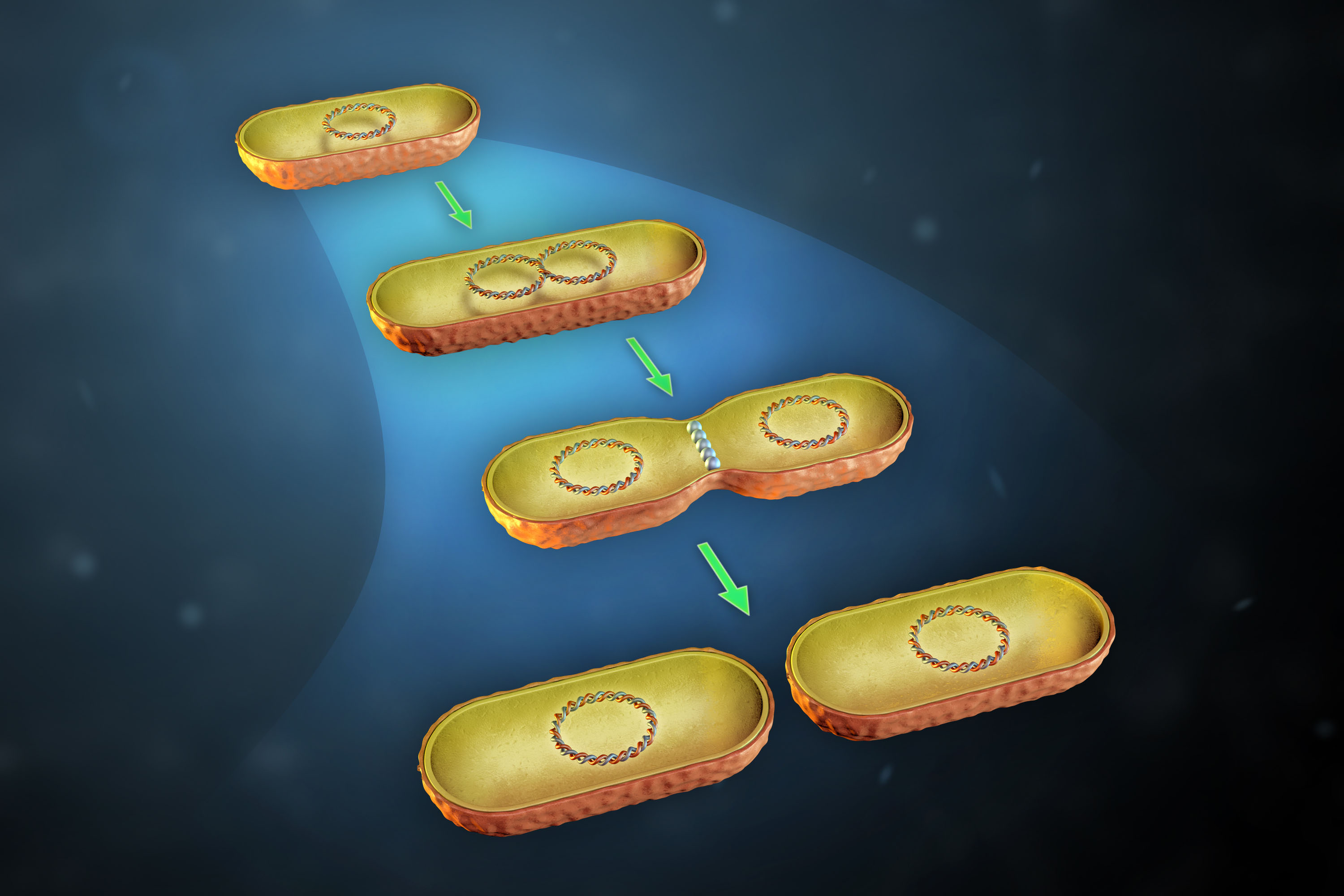
. Unlike bacteria that has everything it needs to reproduce viruses need to use a living cells organelles cell parts that are basically its organs in order to replicate. Viruses can not replicate without infecting a living cell. By breaking down names.
All they have is a protein coat and a core of genetic material either RNA or DNA. Virus and Bactria are different from each other as. Viral infections Viruses are another type of tiny microorganism although theyre even smaller than bacteria.
They have a cell wall and all the components necessary to survive and reproduce although some may derive energy from other sources. Bacteria viruses and fungi can all cause slightly different forms of pneumonia the symptoms are subtly different depending on the type of microbe causing the conditions. This means that we can see them with an optic microscope.
Most animal viruses are classified as icosahedral and are nearly spherical in shape. HOW IS A VIRUS DIFFERENT FROM A BACTERIUM. Virus are smaller than bacteria Virus are non-living whereas bacteria are living Viruses use host genome machinery for cell division and bacteria proliferate on their own.
As physicians we evaluate to determine the best tests and treatments for each infection. Once a cell is infected the effects of the virus can vary depending on the type of virus. Bacteria are cellular viruses are acellularbacteria have one DNA chromosome viruses can have one RNA or DNA piecebacteria have cytoplasm viruses dontbacteria have metabolism viruses dontetc.
Viruses only grow and reproduce inside of the host cells they infect. Viruses infect all living things including fungi and even bacteria. There are three different virus types that are made distinct by their shape.
They can only reproduce by attaching themselves to cells. Comparison of Multiplication Cycles of Bacteriophage and Animal Viruses. Viruses replicate within a living host cell producing changes in the cell that often result in the death of the infected cell.
The unusual cases of pneumonia began to appear in midwinter in China. Both viruses and bacteria are very tinny that cannot usually be seen by. The word phage comes from the Greek word for devour.
This difference in size also has to do with the complexity of each organism. 23 rows Virus. Viruses are more like parasites they need a host cell to reproduce.
How will SARS-CoV-2 evolve. When found outside of these living cells viruses are dormant. Viral replication involves several steps.
Some fungi and algae can be pathogenic too. The two most common bacterial arrangements are Staph-and Strep-Staph- is a non-symmetrical arrangement like a cluster of grapesStrep- indicates a chain of bacteria. Viruses are not living organisms bacteria are.
Viral DNA injected into host cell. Viruses do not have any cell and are considered between living and non-living things while bacteria have one cell Unicellular and are living organisms. To make all of this more understandable lets start with something you.
Viruses and bacteria are also different in regards to their size. Viruses are smaller in size 20-400 nm when compared with. Bacteria and viruses differ in their structure and their response to medications.
Up to 10 cash back Explanation. Bacteria are living organisms while viruses are parasitic and need a live host to reproduce. Viruses cause infection and those infections very often result in disease.
Bacteria are single-celled living organisms. Viruses do not contain. Unlike bacteria viruses cant survive without a host.
Other viruses are just identified by their host group such as animal or plant viruses. Bacterial cell wall is made up of peptidoglycan. Bacteria can sometimes cause infectious disease too but a great deal of bacteria.
You can prevent the spread of bacteria and viruses by washing your hands with soap and water and practicing good hygiene. The cylindrical helical virus type is associated with the tobacco mosaic virus. The differences between viruses and bacteria include.
These bacteria are referred to as pathogenic bacteria. Attachment sites are plasma membrane proteins and glycoproteins. The cause researchers would later learn was a coronavirus new to science.
Tail fibers attach to cell wall proteins. Attachment penetration replication assembly and release. Herpes virus and others attack certain bacteria.
The viruses that infect bacteria are called bacteriophage s or simply phages. It is difficult to eradicate viruses than bacteria. Their life therefore requires the hijacking of the biochemical activities of a living cell.
Viruses are microorganisms that can only reproduce within the cells of a host organism. However in order to observe a virus you must use an electronic microscope. Not all bacteria make us sick most actually help us eg.
Viruses differ from other organisms in their method of replication. Most bacteria arent harmful to humans but most viruses are potentially harmful. Thus viruses are considered intracellular parasites.
Bacteria on the other hand are living organisms that consist of single cell that can generate energy make its own. As we noted in the intro a pathogen is an agent that can cause a disease especially a virus or bacterium. Viruses are very specialized on their host so some only target certain human body cells eg.
The three most common bacterial shapes are listed below.
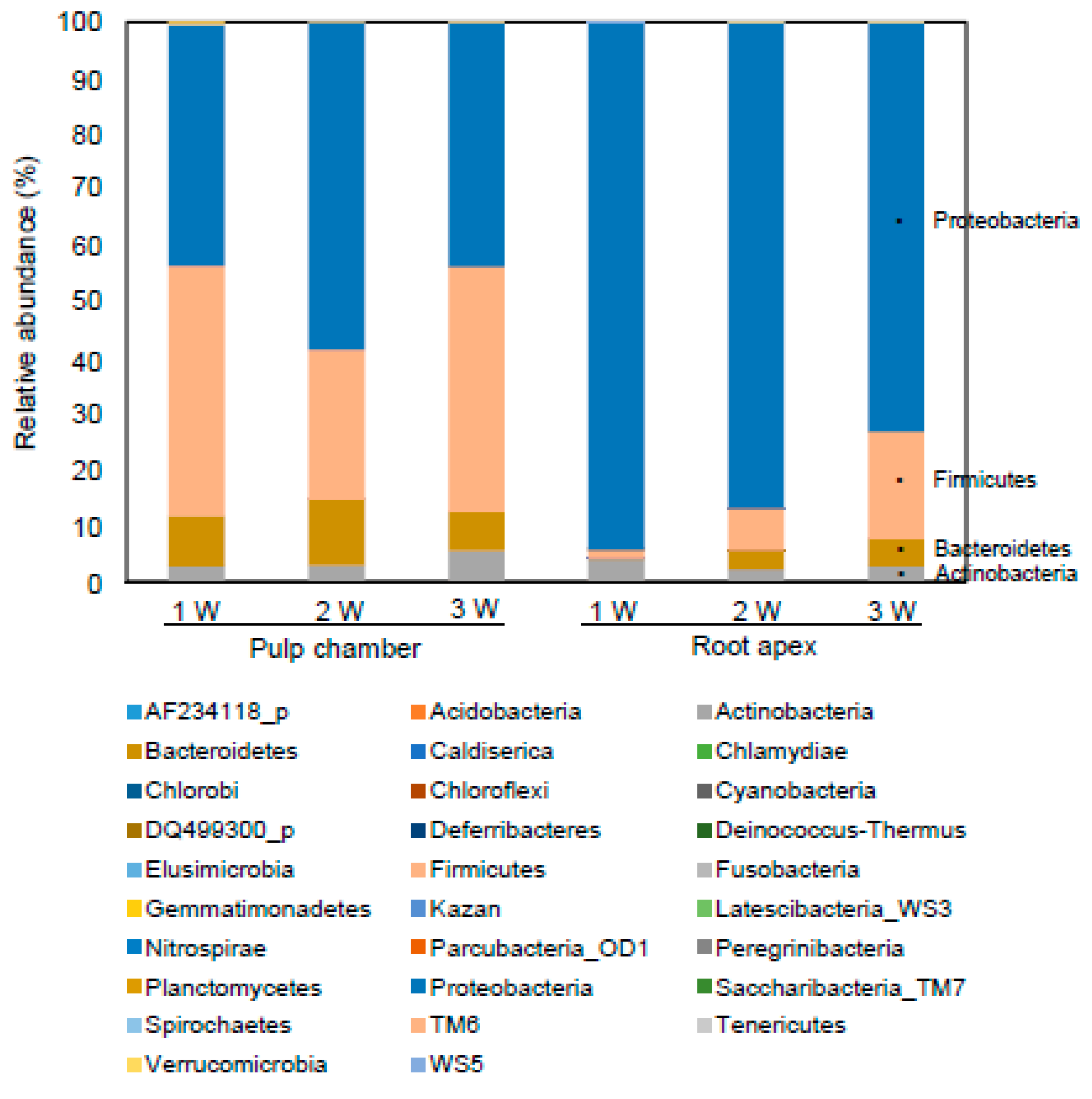
Microorganisms Free Full Text A Pilot Study Of Chronological Microbiota Changes In A Rat Apical Periodontitis Model Html

What S The Difference Between Bacteria And Viruses Institute For Molecular Bioscience University Of Queensland

The Inactivation And Destruction Of Viruses By Reactive Oxygen Species Generated Through Physical And Cold Atmospheric Plasma Techniques Current Status And Perspectives Sciencedirect

What S The Difference Between Bacteria And Viruses Institute For Molecular Bioscience University Of Queensland
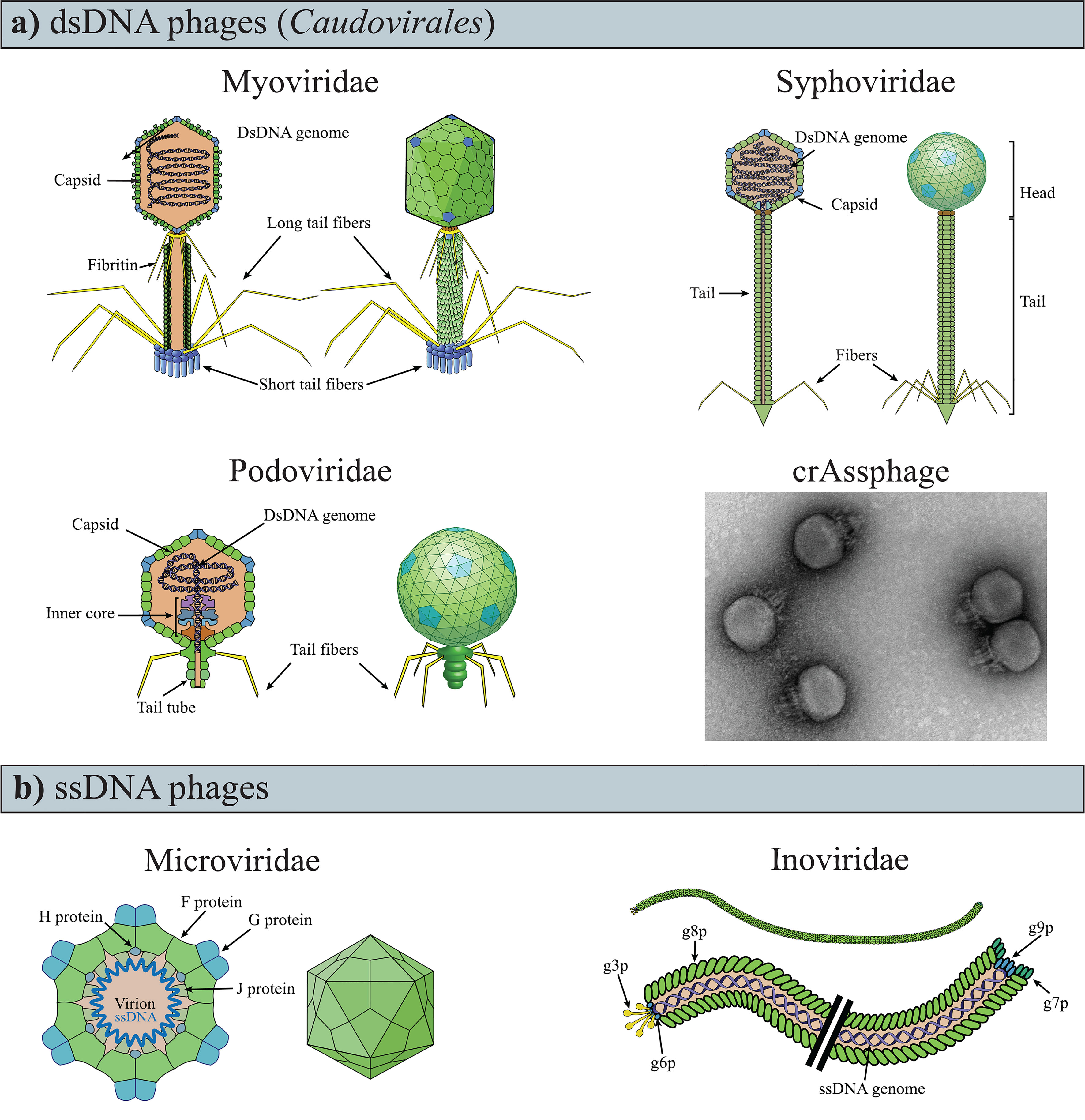
Frontiers Phages In The Gut Ecosystem Cellular And Infection Microbiology

What S The Difference Between Bacteria And Viruses Institute For Molecular Bioscience University Of Queensland
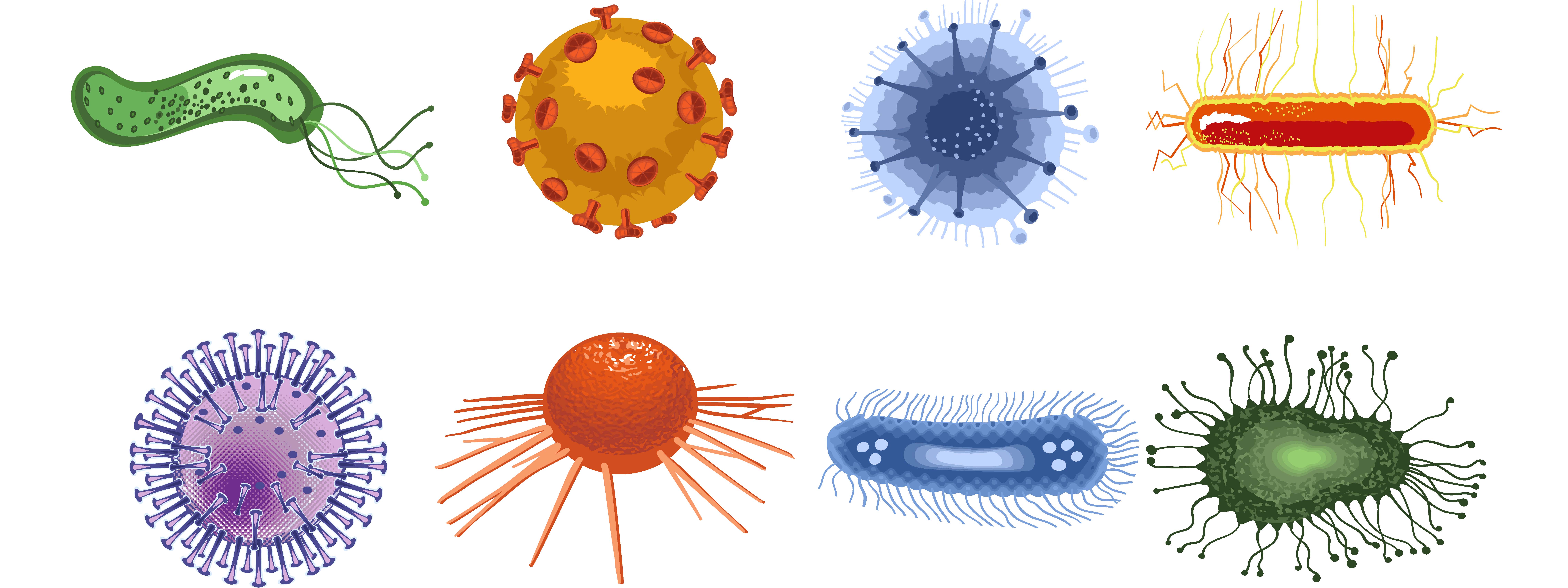
What S The Difference Between Bacteria And Viruses Institute For Molecular Bioscience University Of Queensland

How Are Bacteria Different From Viruses Brainly Com

Addgene Plenti Rigi Apex T2a Egfp
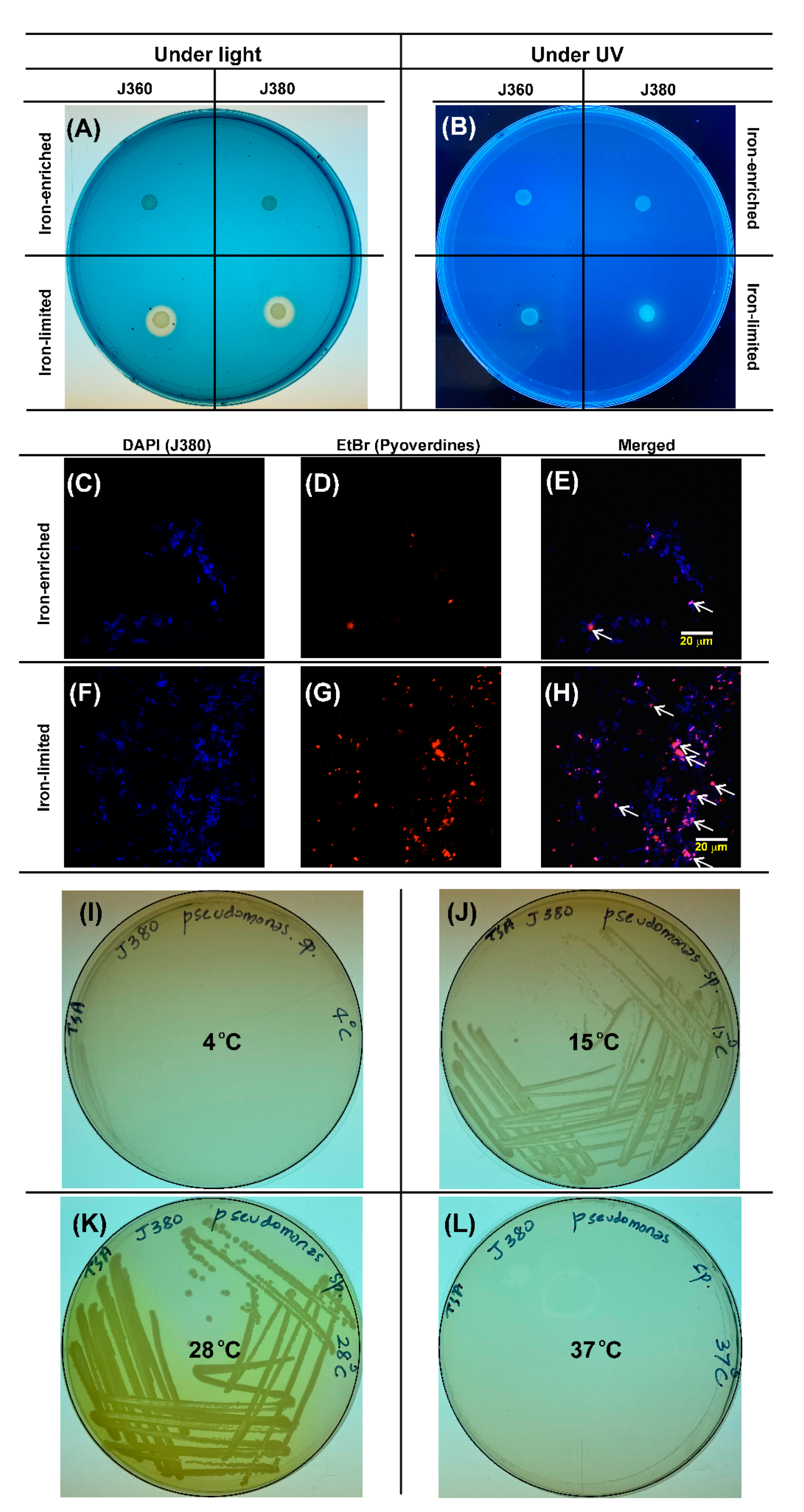
Microorganisms Free Full Text A Novel Marine Pathogen Isolated From Wild Cunners Tautogolabrus Adspersus Comparative Genomics And Transcriptome Profiling Of Pseudomonas Sp Strain J380 Html

How Are Bacteria Different From Viruses Brainly Com
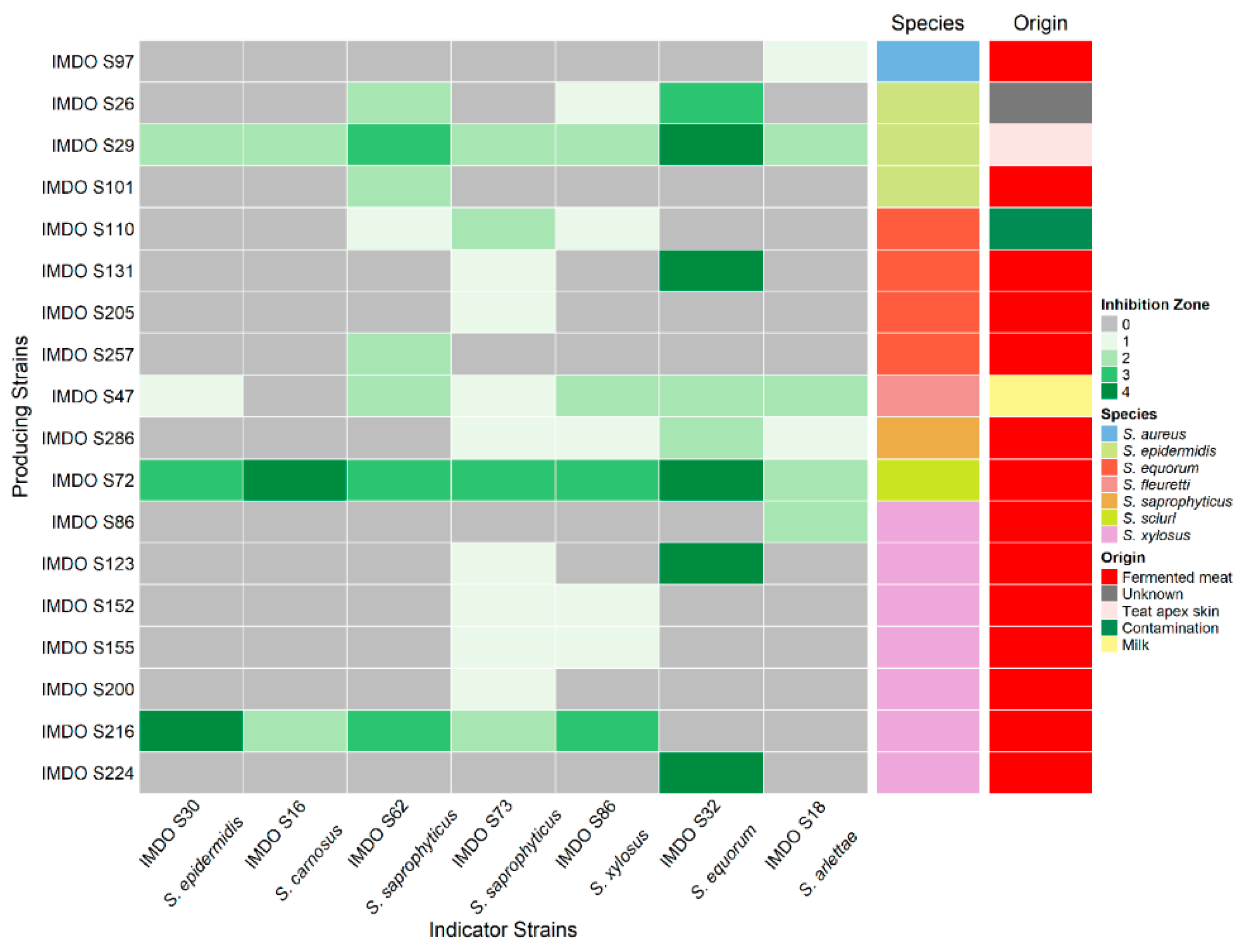
Microorganisms Free Full Text Exploring The Ambiguous Status Of Coagulase Negative Staphylococci In The Biosafety Of Fermented Meats The Case Of Antibacterial Activity Versus Biogenic Amine Formation Html

What S The Difference Between Bacteria And Viruses Institute For Molecular Bioscience University Of Queensland
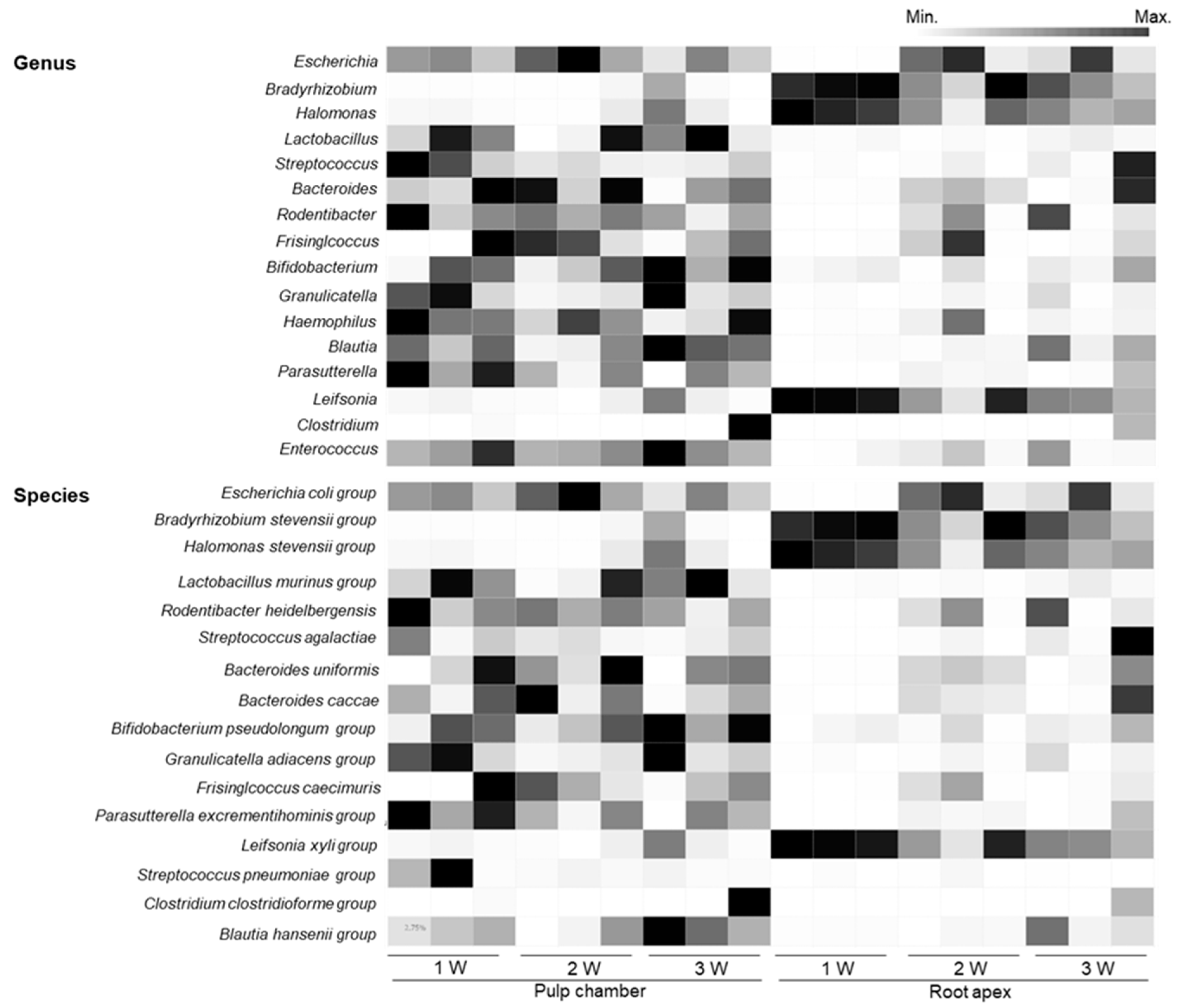
Microorganisms Free Full Text A Pilot Study Of Chronological Microbiota Changes In A Rat Apical Periodontitis Model Html

2 1 3 Biology 2 Docx 2 1 3 Study Viruses And Bacteria Study Guide Biology 1 For Cr Sem 2 Name Alana Labadie Date Main Idea 1 Viruses Are Particles Course Hero



Comments
Post a Comment